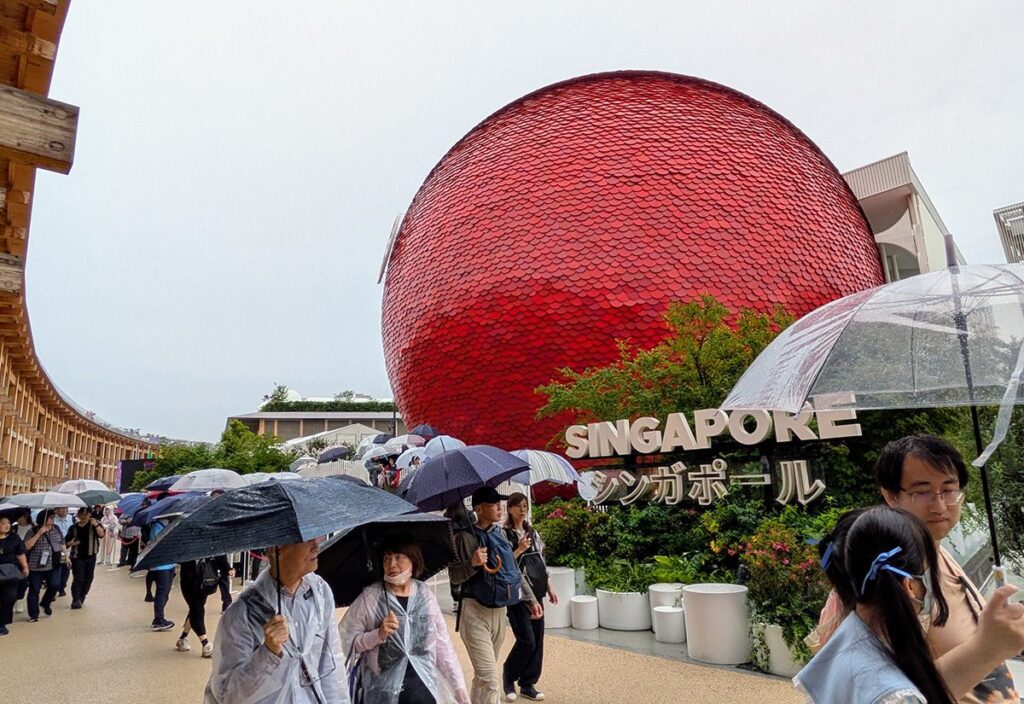Let’s define “promotion sensitivity” as the comparison of a particular consumer group’s claimed participation in a premium offer or contest/sweepstakes or rebate compared with the claimed participation average of the total U.S. population. The findings here are based on data from a Fall 1999 Simmons National Consumer Study, a survey sample of more than 33,000 U.S. households, projected to the national level.
Back in Marketing 101, we were all taught that the basis for providing a new product or service is to fulfill a consumer need – a craving for chocolate, a need for a cleaning service, etc. Can this “rule” be applied to promotion marketing?
If it can, what needs do consumers have of promotions? To find the answer to this question, we decided it was more important to investigate the needs of consumers with a higher propensity to participate in promotions.
To identify who those consumers are, we first looked at the common consumer breaks – demographics and psychographics – and then looked at life stages. Mapping promotion participation in premium, contest/sweepstakes and rebate offers to each demographic and psychographic attribute showed no direct correlation or pattern of participation.
“Life-changing events . . . represent marketing opportunities as people buy products and services that ease transition and accommodate change,” according to the Research Alert summary of the 1996 Roper Report. With this in mind, we looked at life stages as a possible determinant of promotion need states. “As people pass through these life-changing events, they reevaluate their priorities, product needs, brand preferences, and criteria by which they select products,” notes the Roper Report. Could it be that the “criteria” through which consumers evaluate a purchase might be more easily influenced during these life-changing events?
The life events we reviewed were marriage, birth of first child, first home purchase, oldest child entering school, job change, buying/selling house, divorce/separation, youngest child leaving home, youngest child graduating college, youngest child marrying, first grandchild born, and retirement. Events that occurred within the past year or were expected to happen in the coming year were mapped according to their most likely order in a person’s life.
According to the findings, contests/sweepstakes indexed higher than the U.S. average during events one might consider to be earlier in life – marriage, birth of first child, home purchase – while premiums indexed higher than the U.S. average with events one might consider to be later in life – youngest child leaving home or getting married, first grandchild being born.
Life events that had similar promotional tactic participation indices were grouped together to identify three groups. Further investigation of these three groups, including demographic and psychographic skews as well as the life stage events, allowed us to select names for them: Busy Budgeters, Spoilers, and Idlers (See Chart 1, pg. 23).
Busy Budgeters: Life events here most likely dictate the consumer’s state of financial stress, time constraints, and major life adjustments. Thus, this consumer state gives rise to a promotion need state of a low investment, quick fix, or risk aversion – which made sweepstakes the highest indexing promotional tactic for this group. Other possible tactics that satisfy this need state are instant-win, near packs, vouchers, and inserts (See Chart 2, this page).
Spoilers: Life events here indicate a consumer’s state of new freedom, financial easement, and self-fulfillment. Thus, this consumer state gives rise to a promotion need state of rewards and fun, with some investment acceptable, so premiums became the highest indexing promotional tactic for this group. Contests and rebates may also satisfy this need state (See Chart 3, this page).
Idlers: This group had no significant life events in the past year or expected within the next year, which means their consumer state was not disrupted, they had the same routines, and they reverted to somewhat of an observer status. Thus, the promotion need state of this group could not be deciphered, since none of the promotional tactics indexed higher than the norm (See Chart 4, this page).
By satisfying the promotion needs of these three consumer groups as identified by their life stages, promotion marketers can more effectively motivate their participation in promotion offers. By understanding the state of flux consumers are in during significant changes in their lives, marketers can provide some stability – and present impactful promotions – during these times by addressing the target audience’s promotional needs.
To determine a brand’s promotion need state, the brand can be mapped to the appropriate consumer group through the use of reliable measurement tools.
It is, of course, recommended that the hypotheses developed herein be researched further to provide additional validation of the material presented.
 Network
Network

